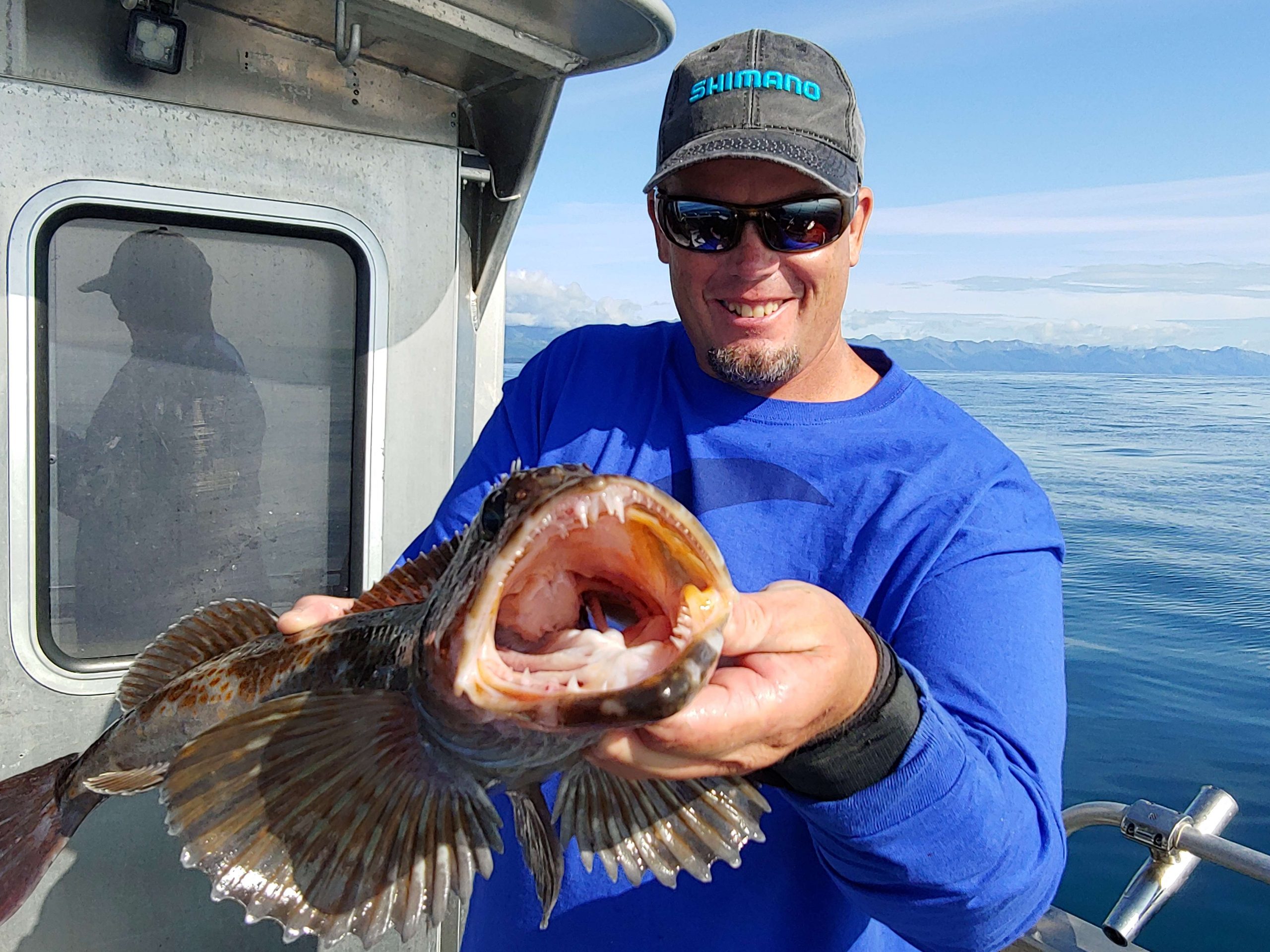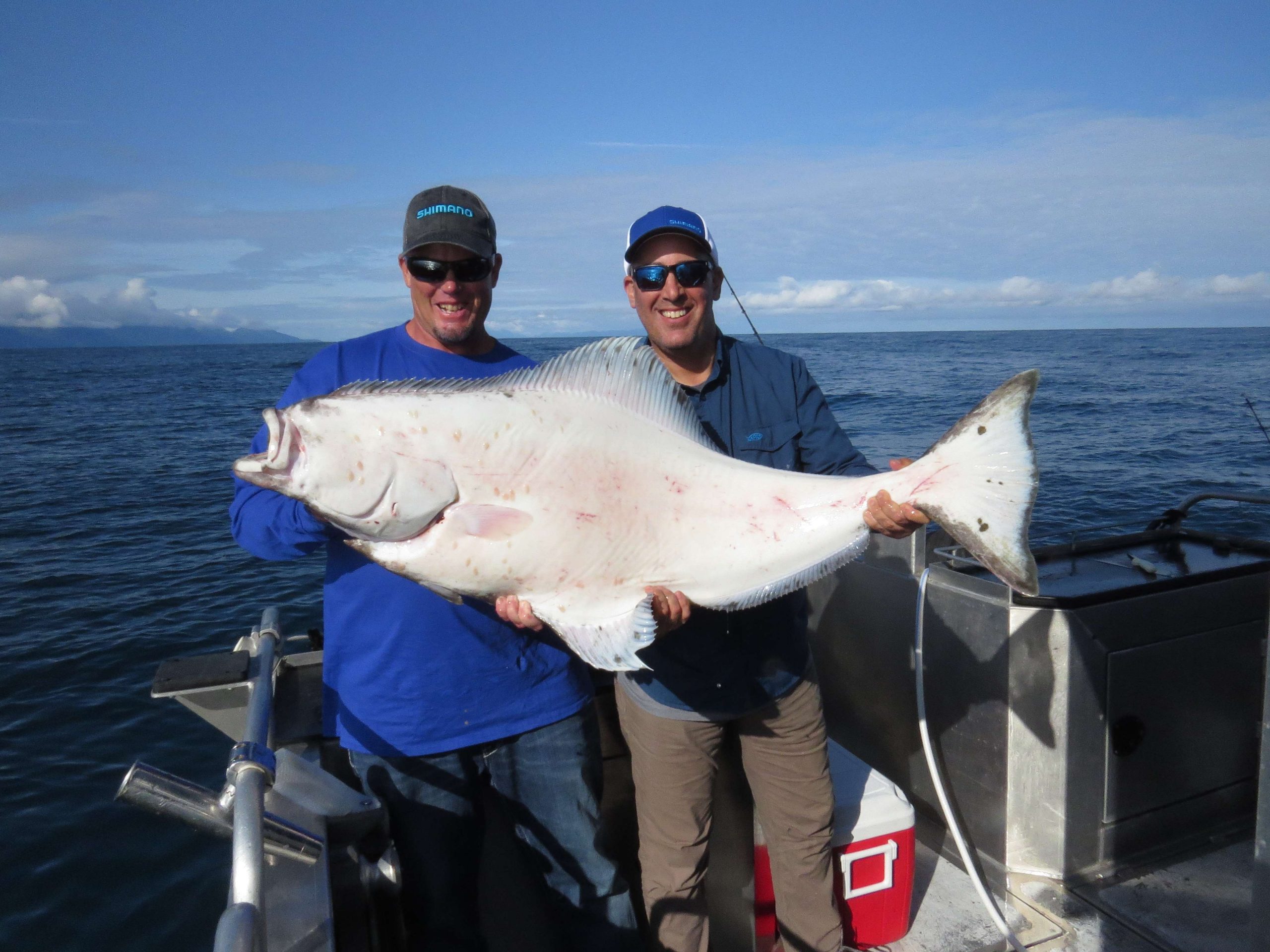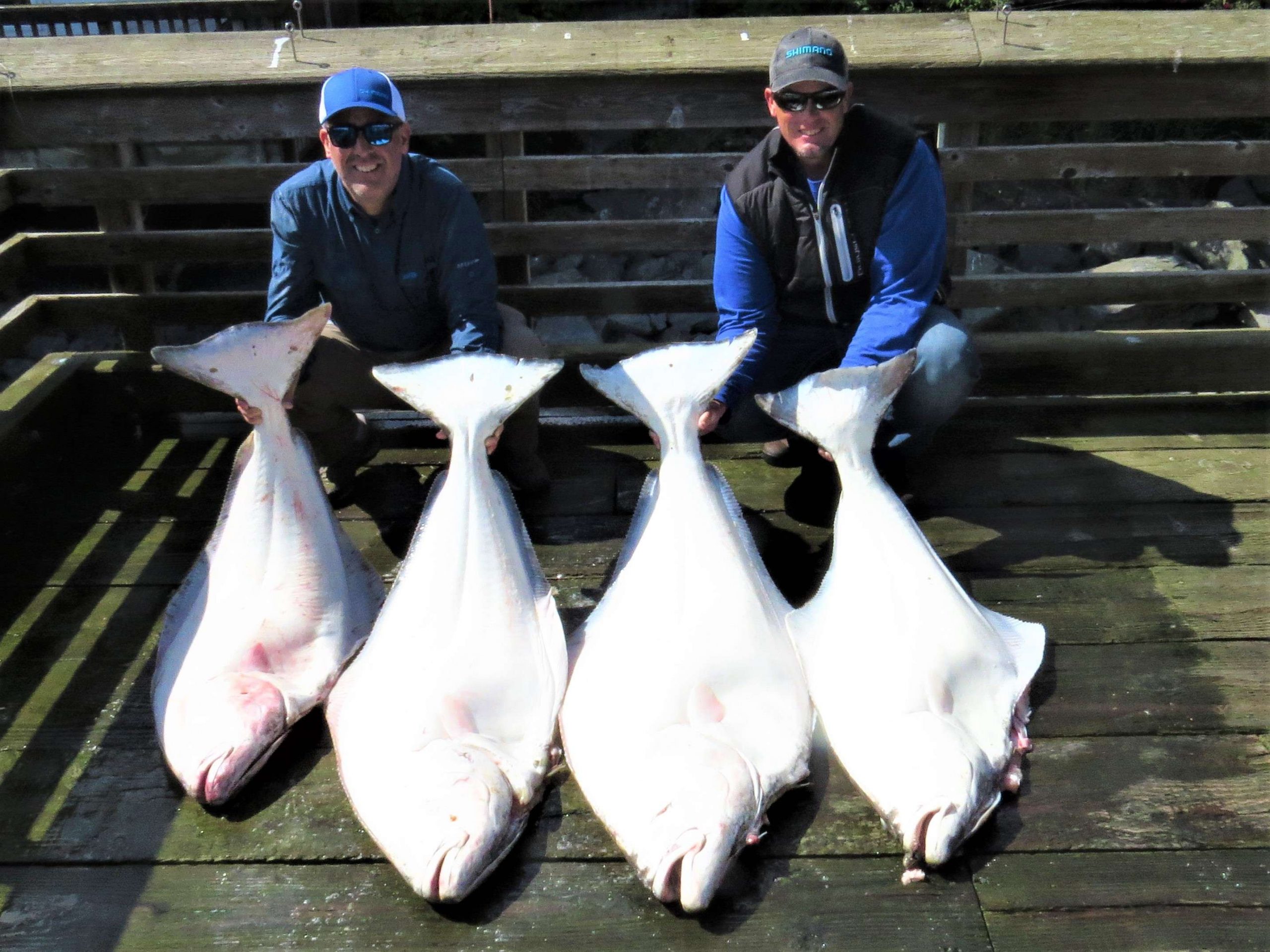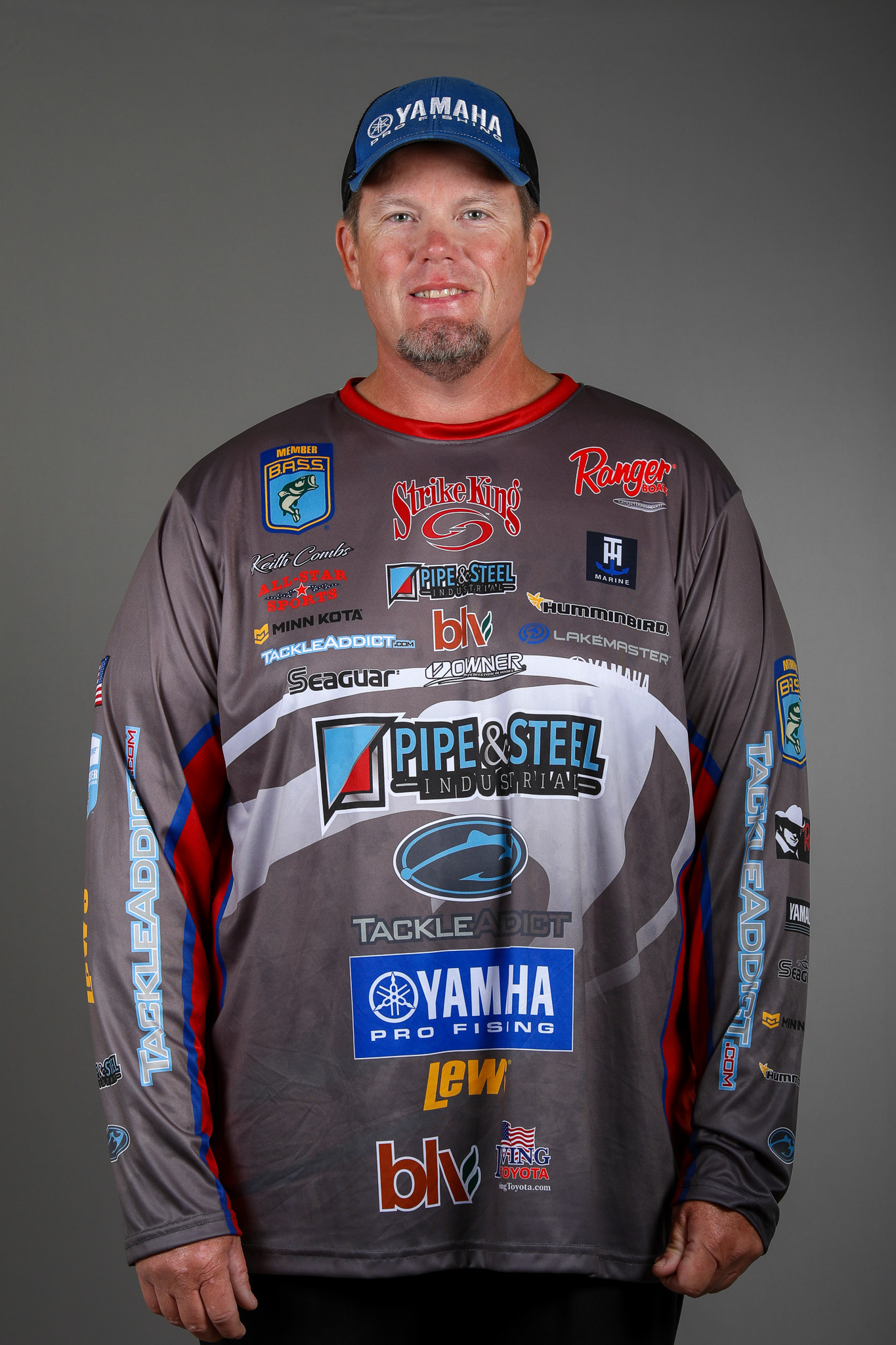
After the Bassmaster Elite Series event on Guntersville in late June, the schedule had a summertime gap of about seven weeks. Some pros relaxed or spent time with their families, others fished the Opens. I spent much of the hiatus working on projects around the house, but I also managed to squeeze in the trip of a lifetime to Alaska.
A few months earlier Bassmaster writer Pete Robbins had called me to see if I wanted to go. He knew someone at Bear Trail Lodge in the Bristol Bay region, and they promised stellar fishing for a variety of trout and salmon. I knew that it was something that I couldn’t pass up, but in the heat of the season, I really didn’t give it too much thought other than buying a plane ticket to Anchorage.
About two weeks before we were set to depart it hit me that I was headed out to the last frontier. Typically I like to know exactly what I’ll need when I’m going fishing, but in this case, I was totally out of my element. I packed a few baits that I wanted to try, and some of the people at Shimano gave me some reels to try, but other than that I was flying by the seat of my pants.
Prior to heading out to Bear Trail Lodge, we had a few days, and Pete had set up an overnight trip for halibut. We spent the first night in Anchorage, then took the two-hour scenic drive down the next morning – one breathtaking sight after another, loaded with wildlife and water that looked like it should hold bass, even though I knew it didn’t. Upon arrival, our captain had some bad news – his hydraulic steering cylinder had gone out the night before. It was a Sunday morning in a small town and he was scrambling, but he eventually he got a marina owner to open his shop. He got the part and made the repair, good as new. We were headed out a little bit later than expected, but we had plenty of time to put a few halibut in the box.
It was going to be the first time I’d ever spent the night on a boat, so I was a little bit nervous, but Captain Chris Hanna of Outer Coast Adventures was a true pro and made us feel right at home. He regaled us with hunting and fishing stories as he piloted his 34-foot catamaran hull 80-plus miles out through calm seas. I knew that we booked the right trip when I saw the deckhand concocting a 4-foot-long halibut bait that included a full salmon filet and a “shish kabob” of fish parts that would let out a scent trail. Big baits equal big fish, right?
Upon arriving at our spot Chris gave us a quick tutorial. We were fishing a long “main lake point” that ran out to 200 feet, but was 150 on top. He told us it would take a while for the fish to start biting, but the action was almost immediate. Pete caught a colorful rockfish, and within 10 minutes I was latched onto a 60-pound halibut. We must’ve caught a dozen or so between 50 and 80 pounds, and each battle lasted at least 10 to 20 minutes. Fortunately, the team at Shimano had loaned me some Talica and Stella reels, and Chris had a selection of matching Shimano Trevala rods, which were more than up to the task.
The time flew by. Because it only gets dark up there for a few hours each night at this time of year, we didn’t even realize we were hungry until about 9 p.m., which is midnight at home, and it was still light out. Chris fixed us some delicious rockfish tacos with a cilantro dressing, and we were happy and full, stopping mid-bite only to reel in more fish.
We never saw another boat out there all evening, and I was hellbent on staying up all night because I didn’t want to miss a minute. Eventually the action slowed a little, and I dozed off. At about 3 a.m. the captain was awoken by the sound of a screeching reel. I’m told that Chris banged on the cabin and yelled, “Hey. Who wants to catch a big fish?” but I didn’t hear it. Pete dutifully got up and reeled in one that was pushing 100 pounds.
A few hours later I woke up. Chris was awake but Pete and the deckhand had both fallen asleep again. I grabbed a jigging rod with a 10-inch grub and a jighead that weighed as much as some 12-inch bass and experienced an amazing flurry of action. It seemed like every drop produced a 40-plus pound halibut. Just like a school of bass, it was critical to keep them fired up. I’d get the fish to the boat as quickly as possible, get it unhooked, drop back down and immediately I’d be hooked up again. It was all new to me – the species and certainly the 150-foot depths – but except for my tired arms it wasn’t something I’d ever get tired of.

After all of that we could handle, we finally decided to pull anchor after 18 or so hours in the same spot. As we moved, we watched a pod of five orcas breaking the surface and swimming for parts unknown. Then we arrived at an area that was loaded with 4- to 10-pound black rockfish, a species that look remarkably similar to largemouths. The water was clear and as you reeled each fish toward the boat, 20 or more would be swimming all around him. You just had to drop again and immediately you’d be tied into another one. There were a few lingcod mixed in as well.
After 24 hours on board, we headed back to Seward, covered in halibut slime, our arms burning from fighting fish and full of the captain’s good cooking. We posed for pictures with the few fish we’d decided to keep. I recall that when I was guiding and my clients caught a 6- or 8-pound bass, I knew how to pose them to make them look even bigger, but that’s not really possible (or necessary) with a 100-pound halibut. We struggled just to hold the heavy slimy fish up, and as Chris instructed us to turn the tail a certain way, or change the angle, it was a struggle to get it done. Nevertheless, I think the shots turned out great. I also shipped home a 25-pound box of filets. That’s a lot of fish and only a small percentage of the thousands of pounds that we battled during that epic day at sea.
It was an unforgettable start to the trip, and the main event was still coming up. I’ll tell you more about that in my next column. If you aren’t booking a plane ticket to Alaska after this story, I’m pretty sure that one will get you fired up to make the trip yourself.
Editor’s note: Read part 2.


